A few days ago, I realized that my output was still quite low – only a few articles in half a year with long intervals in between. Today, I had a chat with Miss Song from the Automation Expo and found out that this article about edge computing, which has already been published in their magazine, can also be released as an article! Although there have been some changes recently, I was too lazy to modify it much, so I just pasted it here (with slight adjustments).
On November 30, 2012, the Edge Computing Consortium was established in Beijing, initiated by six founding companies: Huawei, Shenyang Institute of Automation, Intel, ARM, the China Academy of Information and Communications Technology, and Softcom Power. This sparked interest in the concept, and various computing paradigms emerged in the market, including cloud computing, fog computing, and edge computing, which left the public feeling more confused. In the context of the national advocacy for Internet+ or +Internet, what will edge computing bring us? These are worth our research, and this article focuses on edge computing and discusses related topics.
1.Edge Computing is Not a New Term
First of all, it should be noted that edge computing is not a new term. As early as 2003, AKAMAI and IBM began collaborating on “edge computing”. AKAMAI is a content delivery network (CDN) and cloud service provider, one of the largest distributed computing service providers in the world, handling 15-30% of global web traffic. In an internal research project titled “Developing Edge Computing Applications” on June 9, 2003, the purpose and problems solved by “edge computing” were proposed, and AKAMAI and IBM provided edge-based services on their WebSphere (this is an internal document obtained from the Internet).
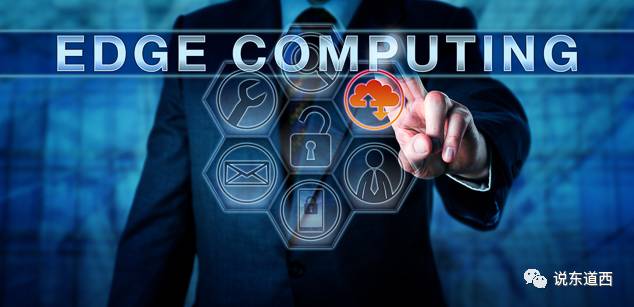
At the 20th IEEE International Conference in 2004, Pang H mentioned Edge Computing, which is one of the earlier public documents on Edge Computing and has been cited frequently (167). In this article, Pang H stated that “edge computing is aimed at achieving scalable and highly available web services, pushing the logic and data processing of enterprises from data centers to the edge of proxy services. Its advantage lies in the fact that applications running at the edge reduce network latency and generate faster web service responses”.[2]
Mobile Edge Computing (MEC), based on mobile devices, was developed and published in a white paper by the European Telecommunications Standards Institute (ETSI). Its architecture is primarily built on mobile communication networks and wireless access networks, providing edge computing services. This technology specification was jointly initiated by companies in the mobile communication field, including AT&T, Huawei, NEC, Motorola, and CISCO.
On November 30, 2016, Mr. Yu Haibin, Chairman of the Edge Computing Consortium (ECC) and Director of the Shenyang Institute of Automation, introduced the definition of Edge Computing at the founding conference of the ECC. Edge computing refers to an open platform that integrates network, computing, storage, and application core capabilities at the network edge, close to the source of objects or data, providing edge intelligence services to meet the critical needs of industry digitization in agile connectivity, real-time business, data optimization, application intelligence, and security and privacy protection. For the Internet of Things (IoT), breakthroughs in edge computing technology mean that many controls will be achieved through local devices without needing to be processed and fed back to the cloud, and the processing will also be completed at the local edge computing layer. This will undoubtedly greatly enhance processing efficiency while significantly reducing the load on the cloud, and being closer to users will also provide faster responses, solving user needs at the edge.
2.The IoT Applications Drive Edge Computing/Fog Computing
In fact, whether it is cloud, fog, or edge computing, they are merely methods or technical models for implementing IoT and smart manufacturing. Fog computing and edge computing do not have essential differences; both provide computing close to the on-site application end. Essentially, they are both relative to “Cloud” computing.
2.1 The IoT is the Big Picture
In 2014, Shen Xiaowei, the director of IBM China Research Institute, introduced “edge computing” at the Caixin Summit, placing what cannot be computed in the cloud at the edge, while the cloud can access historical data from edge computing. At this time, the rapid development of smartphones globally made mobile terminals the target for the development of “edge computing”. Therefore, Shen Xiaowei stated that “building an edge computing system is a major trend in the development of IoT”.
At the founding conference of the Edge Computing Alliance in November 2016, Mr. Liu Shaowei, President of Huawei’s Network R&D, mentioned that “the future will be an intelligent society where everything is perceived, interconnected, and intelligent, and the digital transformation of industries is the pillar for building an intelligent society. In response to the challenges faced by industry digital transformation at the network edge, the alliance proposed the value of edge computing industry CROSS, which, based on agile connectivity (Connection), achieves real-time business (Real-time), data optimization (Data Optimization), application intelligence (Smart), and security and privacy protection (Security), bringing more industry innovation and value creation opportunities to users at the network edge.” Liu Shaowei likened the alliance’s “narrow throat” role to a Laval nozzle, hoping that through the operation of the alliance, it would support application innovation and demonstration promotion in key industries of edge computing, and through extensive ecological cooperation and marketing promotion, further assist more industries in digital transformation and achieve value extension.
On December 6, 2016, the World Intelligent Manufacturing Conference was held in Nanjing, where Dr. Keith Roe from the American Society of Mechanical Engineers (ASME) predicted that “the IoT will experience explosive growth in 2019”.
2.2 Edge Computing Focuses on IoT Applications
Figure 1 is an effective description of the motivations, challenges, and opportunities of edge computing by Professor Blesson Varghese from Queen’s University in his article “Challenges and Opportunities in Edge Computing” [5].
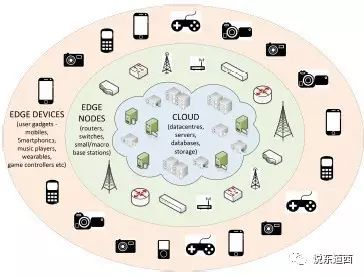
Figure 1 – Cloud, Edge Nodes, and Edge Devices
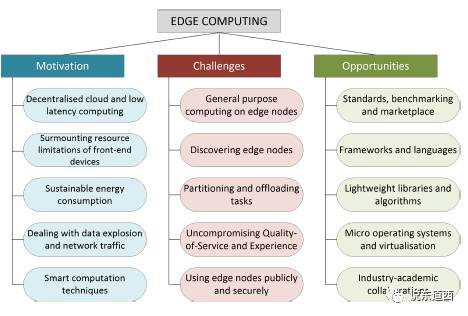
Figure 2 – The Dynamics, Challenges, and Opportunities of Edge Computing
This figure provides a comprehensive and up-to-date study of edge computing.
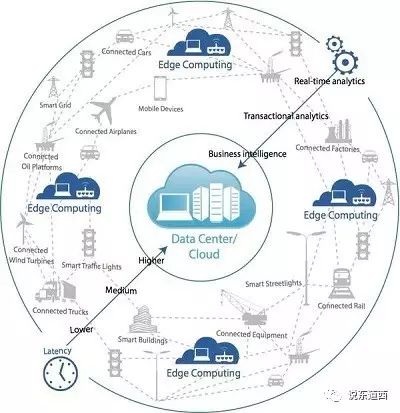
Figure 4 – The Position of Edge Computing in Overall Computing
Figure 4 also analyzes the edge side from the perspective of latency, where it is in the low latency zone, while the cloud is more “centralized”.
In the latest September 2016 issue of the IEEE IoT magazine, Shi Weisong from Wayne State University focused on the reasons for the emergence of edge computing in his article “Edge Computing: Vision and Challenges” [4], mainly focusing on the urgent need for low-latency data processing in IoT, and extending its important application areas in industrial big data, smart cities, smart homes, and healthcare.
2.3 IoT is About to Rise Rapidly
In fact, the concept of the IoT has been proposed for over 15 years, yet it has not become a hot application. The development of any technology is a tortuous process, and there is a long process from concept to actual large-scale application, as the matching technologies, product costs, acceptance of applications, and the trial-and-error process of integrating applications with reality are all lengthy, and may even lead to failures. Therefore, it often does not quickly form a large-scale market.
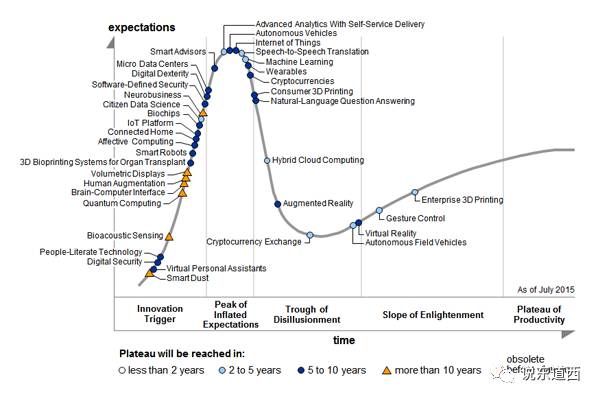
Figure 5 – Gartner’s Technology Maturity Curve
According to Gartner’s technology maturity curve theory, IoT big data has now entered the realm of daily applications. It is predicted that within 5-10 years, IoT platforms will see significant development, but IoT may enter the application explosion period faster than we imagine.
2.4 ECC is Timely
Chinese people emphasize “timing, geographical advantages, and harmony among people” in doing things, which has some commonality with the Gartner curve. However, Western thinking tends to design tools and models for research, while Chinese thinking is somewhat “mysterious”; you need to ponder and emphasize “insight”.
Although edge computing is not a new concept, as an ICT manufacturer, Huawei should have keenly realized that the applications of “IoT and IIoT” are at the right moment, and the establishment of the alliance is to achieve “harmony among people”, uniting OCIT manufacturers including Intel, ARM, Shenyang Institute of Automation, the China Academy of Information and Communications Technology, and Softcom Power to jointly create an “OICT” integrated platform.
2.4.1 Four Domains Defined in Edge Computing:
Device Domain: The issue of data nodes, currently including IoT devices and automated I/O collection. The difference lies in the overlap between pure IoT devices and automated I/O collection, where data that is directly used for top-level optimization but does not participate in control can go directly to the edge.
Network Domain: As for transmission, the transmission methods, mechanisms, and protocols of IoT data from the automation production line will differ. Therefore, the issue of data transmission standards needs to be resolved here. Of course, under the OPC UA architecture, it is possible to directly access underlying automation data, but for web data interaction, there will be coordination issues between IT and OT. Although some leading automation companies have already provided mechanisms for web-based data transmission, most on-site data still face these issues.
Data Domain: After data transmission, issues such as data storage, format, and the mechanisms and strategies for data querying and interaction need to be considered in this domain.
Application Domain: This may currently be the most challenging issue, as there are not many practical applications for the application models in this domain.
2.4.2 Understanding the Architecture of Edge Computing
From Figure 3, we can see ECC’s reference architecture definition for edge computing, which includes the four domains of devices, networks, data, and applications. Platform providers mainly provide the hardware and software infrastructure for network interconnection (including buses), computing power, data storage, and applications.
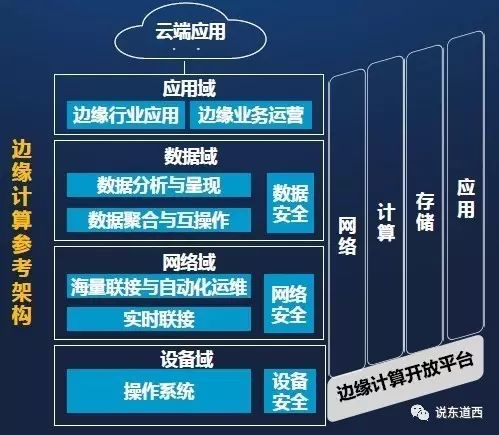
Figure 6 – Edge Computing Reference Architecture 1.0 (from ECC – Requirements and Architecture Group) [6]
From the perspective of integrating the industrial value chain, ECC proposed CROSS, which, based on agile connectivity (Connection), achieves real-time business (Real-time), data optimization (Data Optimization), application intelligence (Smart), and security and privacy protection (Security), bringing value and opportunities to users at the network edge, which is the focus that alliance members need to pay attention to.
ECC is the first to integrate OICT into a unified vision and ecosystem. According to the repeated emphasis during the establishment of ECC that “it will not become an organization that just holds meetings”, it is a relatively simple and pragmatic market voice.
Edge computing includes basic transmission devices (gateways, routers, and corresponding communication protocol implementations such as TSN, SDN, etc.), real-time databases, and application analysis software.
3. The Edge Computing Industry
3.1 Returning to the Essence of the Problem
IT professionals excel at creating concepts, while OT professionals are usually not skilled in this area, as their problem-solving approaches and results differ. The product development process in OT is based on “problem-solving”, while IT can “solve future problems”. Because the precision and speed of machine processing have clear indicators, OT professionals cannot create a “concept” to satisfy users, while IT can. For example, Apple can design a future phone and tell consumers, “This is the phone you want.” This is the difference between IT and OT, and why the concepts of Edge Computing/Fog Computing originated in the ICT field.
Edge computing is relative to cloud computing, leaning towards providing computing capabilities close to the application site. Huawei’s main purpose is to provide a computing platform, including basic networks, cloud, edge servers, transmission devices, and interface standards, while Intel and ARM provide chip and processing capabilities for edge computing. The China Academy of Information and Communications Technology plays the role of integrating transmission protocols and system implementations, while the Shenyang Institute of Automation and Softcom Power play the role of practical applications.
Various reports from McKinsey, PwC, Forrester & Sullivan, and IHS view IoT as a rapidly growing field for the future, including cutting-edge technologies that have already emerged based on the Internet. Qualcomm has proposed the Internet of Everything – which can be referred to as IoX.
However, for edge computing/fog computing to take root, especially in industrial applications, it is essential to understand that “application” is the core issue. The so-called integration of IT and OT emphasizes the application on the OT side, which is the goal that operational systems aim to achieve.
3.2 OT is Problem-Solving
Edge computing has developed against the backdrop of high bandwidth, time-sensitive, and IoT integration. The concept of “Edge” was indeed mentioned early on by automation manufacturers such as ABB, KUKA, B&R, and Schneider, originally meaning “IT resources close to users and data sources”. These are designs that extend from traditional automation manufacturers to IT manufacturers. The mention of cloud computing/fog computing/edge computing by automation manufacturers is a trend of their integration with IT, and they simultaneously possess the Edge concept.
3.3 Internet+ or +Internet?
IT and OT professionals have a significant directional agreement on achieving smart manufacturing, but their understanding of dominance differs. The Internet+ concept treats the Internet as the leader, using ICT technology to promote smart manufacturing, while +Internet believes that ICT is merely an auxiliary. Clearly, both perspectives have merit, but amplifying either IT or OT is inappropriate, as there are issues here:
(1). Since neither can be absent, it is incorrect to oppose rather than integrate;
(2). IT and OT are indeed interpenetrating; automation manufacturers have begun to extend their IT capabilities in their products, including Siemens’ MindSphere, GE’s Predix, and ABB’s Ability platform. These large manufacturers also include companies like B&R and Rockwell AB in the basic IoT integration and web technology fusion aspects of their products and technologies. In fact, IT technology has also begun to integrate bus interfaces and HMI functions into their products, as well as industrial on-site transmission devices, gateways, and switches.
The potential applications of edge computing and how to deploy edge computing architectures to meet future industrial data collection and analysis needs are crucial. In fact, whether in concept or practical implementation, we must return to the essence of what we are doing today. IT and OT typically use different language systems and need to integrate.
4. The Essence of Computing
4.1 The “Control” and “Strategy” Issues
Automation is essentially an industry centered on “control”, which is based on “signals”, while “computing” is based on data, meaning more in terms of “strategy” and “planning”. Therefore, it focuses more on “scheduling, optimization, and paths”, similar to a system that schedules high-speed trains nationwide. Every increase or decrease in train frequency will trigger adjustments in the scheduling system, which is a problem of operations and planning based on time and nodes. Similarly, today’s edge computing applications in the industrial field are more of this type of “Computing”.
Therefore, we note that although edge computing and fog computing are said to have low latency, their cycles of 50ms and 100ms are still very large delays for high-precision machine tools, robots, and high-speed printing systems with control tasks of 100μs. From the perspective of automation professionals, the so-called “real-time” of edge computing is actually categorized as “non-real-time” applications.
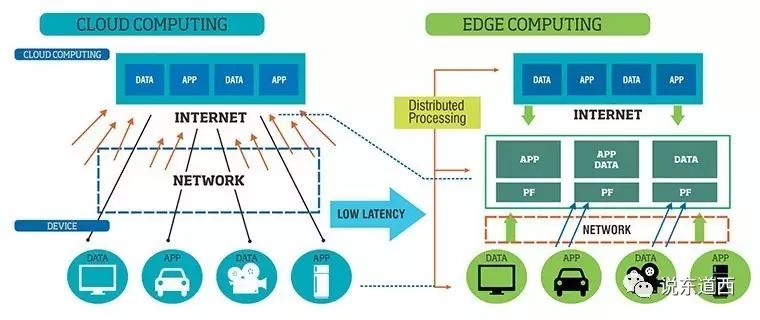
Figure 7 – Distinguishing Data Processing Between Cloud Computing and Edge Computing
In summary: traditional automatic control is based on signal control, while edge computing can be understood as “information-based control”. The parameters have shifted from signals to information; signal control can be achieved under existing models, while information control requires learning – as there is no highly deterministic model to follow.
4.2 IIoT and Edge Computing Goals
Considering global optimization, especially in the era of more personalized production, the optimization issues of “quality”, “cost”, and “delivery capability” are crucial:
(1). Several application directions for quality improvement: How to achieve dynamic process optimization for small batch production has become a challenge for quality control. This involves dynamically adjusting processing parameters based on the processed objects and dynamic defect detection during the production process. Another application need is to learn the factors affecting processing quality and automatically form process parameter settings based on changes.
(2). Cost reduction issues: For small batch production, energy consumption, downtime, and deceleration issues lead to rising costs, which can increase unit costs for small batch financial accounting. Therefore, how to leverage IIoT technology to collect energy and maintenance data and implement cost optimization strategies through data analysis is essential.
(3). Delivery cycle issues: This includes how to match production orders in the production site and combine the fastest response capabilities based on processes, especially in changing processes, reducing time waste caused by adjusting production process parameters will be key to influencing delivery capabilities.
We repeatedly emphasize that the core issue of smart manufacturing and Industry 4.0 is still to solve the problems of quality, cost, and delivery in the “personalized era”. Ultimately, edge computing provides computing capabilities, but what to compute? In management science, we can categorize this under Operation Management – which belongs to the broader category of operational management, including lean thinking and 6 Sigma, which set management goals.
5. Application is Still King
5.1 Ecosystem Construction Issues
Edge computing aims to serve IoT and I4.0 applications, which essentially have no distinction. The alliance itself is to build an ecosystem because, in the era of smart manufacturing, it is essentially a situation of “ecosystem” collaboration and win-win. Manufacturers can join different alliances based on their needs, possibly targeting different fields.
However, OICT manufacturers serve the “manufacturing industry” and “Manufacturing 2025”. Ultimately, it is to solve the global competitiveness issues for manufacturing enterprises, how to produce more competitive products, enhance overall operational efficiency, and from the perspective of return on investment, how to calculate and balance to truly benefit manufacturing enterprises. Otherwise, regardless of whose concept it is, there will be no good results.
The most significant feature of the Internet era is “network collaboration”. Therefore, the era of traditional comparative competition is over. As James F. Moore described in his “The Death of Competition”, enterprises must depend on each other, and the business culture must change. Traditional upstream and downstream relationships must realize that solving common problems through cooperation is the only way to develop together. The value chain is repeatedly mentioned because companies along the value chain, from chip manufacturers, automation, ICT, system integrators, machinery manufacturers, to production enterprises, must face “consumers” together to solve problems, and consumers are each one of us.
5.2 Edge Application Scenarios in the Industrial Field
(1). Energy Analysis Issues: Clearly, power generation, transmission, and distribution are the largest networks. In the future, energy efficiency issues will cover every link of the entire power system, and electricity has special requirements for collection, including frequency measurement, phase, etc., making it a significant application area for IoT.
(2). Logistics Planning Issues: Whether in the material distribution of the production manufacturing process or in the sorting issues of the express delivery industry, these are calculations that need to be analyzed and optimized. In logistics transportation, the aisle vehicle must calculate the existing warehouse positions based on the system’s storage and retrieval needs, planning the optimal path to achieve the fastest material storage and retrieval tasks within the warehouse.
(3). Process Optimization Analysis: The most important aspect of process optimization is learning the process parameters closely related to quality, so that during personalized production, autonomous parameter configuration and process adaptability can be formed. This learning is crucial for manufacturers and is their greatest expectation. However, currently, artificial intelligence learning and machine learning have not yet effectively integrated with specific industrial production, which is also a key focus of future edge computing and fog computing.
(5). Production Task and Allocation: Optimizing equipment scheduling based on production orders is itself within the scope of calculations, and this is also one of the basic task units of MES. In fact, these calculations are attached to the software platform of specific MES manufacturers or depend on the “edge computing” platform – an analysis platform built on web technology, which will not differ in the future. In a sense, the MES system itself is a traditional architecture, and its core can exist in dedicated software systems, as well as in the cloud, fog, or edge side.
Overall, in the entire smart manufacturing and IoT applications, the respective divisions of labor are as follows:
— Automation provides “collection”, including the role of data sources, utilizing automation already in distributed I/O collection, bus interconnection, and control machines to produce, state, quality, and other native “information”.
Figure 8 shows the edge concept from B&R, where small machines and production lines can use OrangeBOX to achieve the collection of OEE, energy data, etc., while APROL serves as an edge node providing control and computing integration for large factories and process industries.
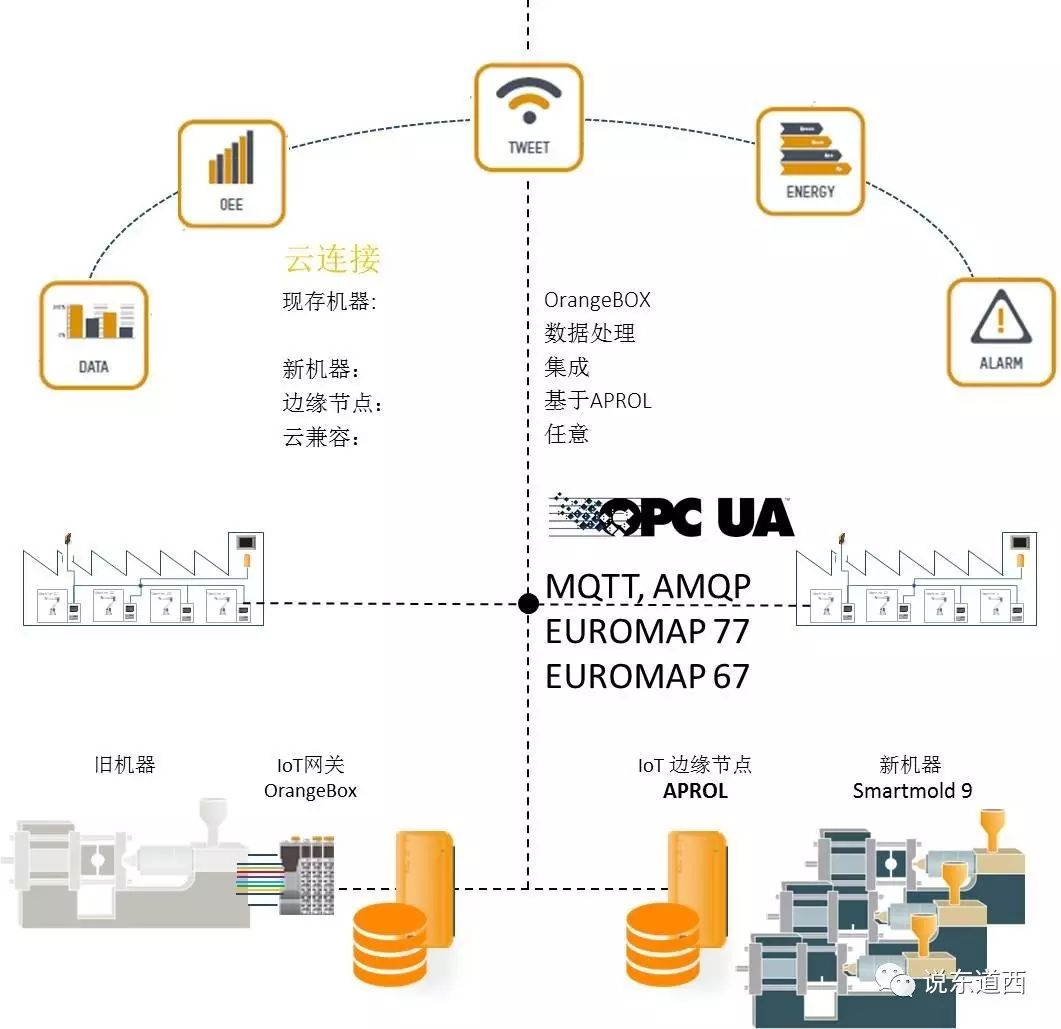
Figure 8 – B&R Edge Computing Architecture Application – Plastic Industry Scenario
Data transmission is conducted through MQTT/AMQP, and OPC UA is a basic OT-compliant protocol, while the IT-compliant MQTT protocol is also supported. APROL EC plays different roles in edge computing, whether for upgrading old factories, a brand new factory production line, or a large piece of equipment, this method can be used for data collection and transmission to the local edge computing side, with several transmission modes available.
— ICT manufacturers provide “transmission”, as they have traditional advantages in providing data transmission, storage, and computing, including cost aspects and advantages of cloud platforms.
— Intelligent analysis software manufacturers provide “analysis”, which includes the “computing” of “edge computing” and “cloud computing”, rather than merely providing basic infrastructure platforms. Such companies can be Google, IBM, which have large data integration capabilities in finance, transportation, and energy, as well as many small and medium-sized enterprises conducting analysis in vertical fields.
— Terminal production enterprises are the source of demand, as the collaboration in the industrial chain ultimately aims to solve the core issues of “quality, cost, and delivery”.
References
[1] IBM & AKAMAI, Develop Edge Computing Application, June 9, 2003
[2] Pang H H, Tan K L. Authenticating query results in edge computing[C]//Data Engineering, 2004. Proceedings. 20th International Conference on. IEEE, 2004: 560-571.
[3] Grieco R, Malandrino D, Scarano V. A scalable cluster-based infrastructure for edge-computing services[J]. World Wide Web, 2006, 9(3): 317-341.
[4] Shi W, Cao J, Zhang Q, et al. Edge Computing: Vision and Challenges[J].
[5] Varghese B, Wang N, Barbhuiya S, et al. Challenges and Opportunities in Edge Computing[J]. arXiv preprint arXiv:1609.01967, 2016.
[6] Shi Yang, Edge Computing Reference Architecture 1.0 Sharing, Edge Computing Industry Alliance Founding Conference, November 30, 2016, Beijing